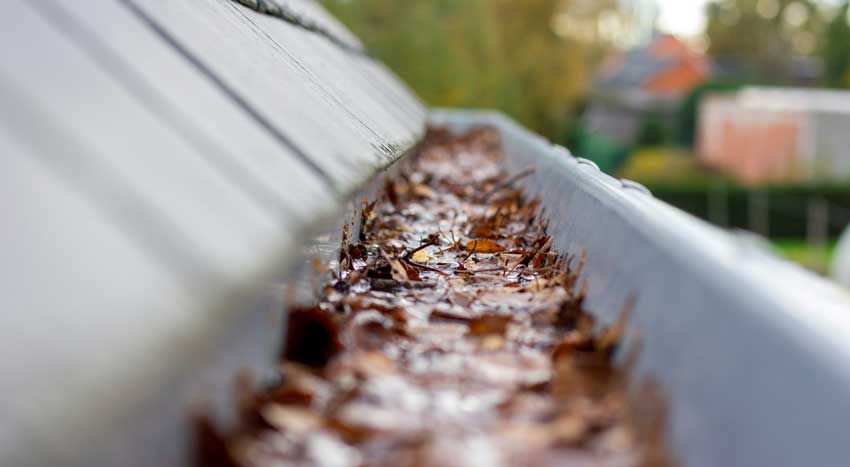
Water — similar to its fellow elements, earth, fire, air and space — is both critical to our survival and potentially deadly if located in the wrong space or otherwise beyond human control.
While that is a bit overdramatic as it relates to one’s property, structure and yard, it is no exaggeration that water, the most basic of things without which humans cannot last a week, can cause any number of serious problems if it gets where you don’t want it for an extended period of time.
One example of this is the water drainage in a yard. Without the infrastructure in place to funnel water safely away from a structure, it can cause problems to a home’s very foundation or even introduce mold into your place.
The list of reasons why there may be a drainage problem in your home’s yard is lengthy. Some of the highlights — or more accurately, lowlights — include clogger gutters, incorrectly sized gutters, poor location of paved surfaces or in-ground concrete, some plants, walls or gardens being in the wrong place at the wrong time, an ill-conceived outbuilding, shed or garage, or a poorly elevated foundation.
Doing one’s own excavation instead of leaving it to the professionals lends itself to accidentally omitting important steps or handling intricacies wrongly. This is another common cause of unwanted water on the lawn.
Here are a few yard drainage solutions that can be implemented on a DIY basis:
- If you notice sidewalks or concrete or stone walkways shift, crack and chip more often and easily that it seems like they should, it’s likely they are blocking water from properly draining in the direction it should be. A reasonably easy fix for this is removing some of these walkways and replacing them with gravel or river rocks. These allow for water to drain more freely.
- Dig a trench. There is a specific type of hole for this, called a swale or a dry creek. Keep it extremely shallow and dig it from your home to the road or the gutter. It can get deeper the further you progress, sloping it downward. River rocks can be used to make it safer for those who operate in the area where you are digging, as well as sprucing it up visually.
- Dust off your green thumb. Planting a rain garden – a collection of plants that need copious amounts of water – in areas of standing water in your yard can help this problem. It’s important to do your research and make sure you’re using plants native to the area and that will bloom in both your climate and with the amount of sun exposure this specific spot receives.
To go over the feasibility of any of these ideas, or for help putting them into practice, Little’s Excavation is always just a phone call away: 888-548-8570.
